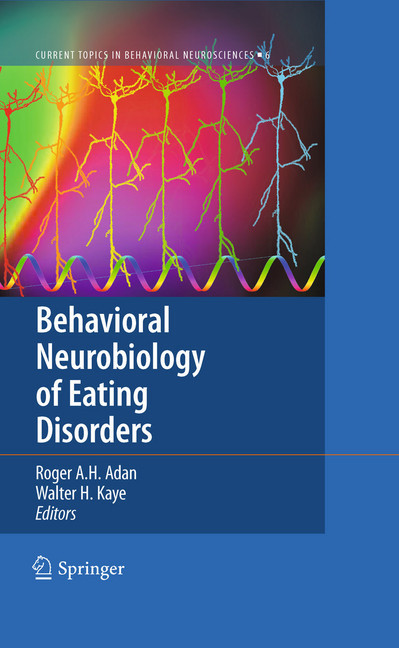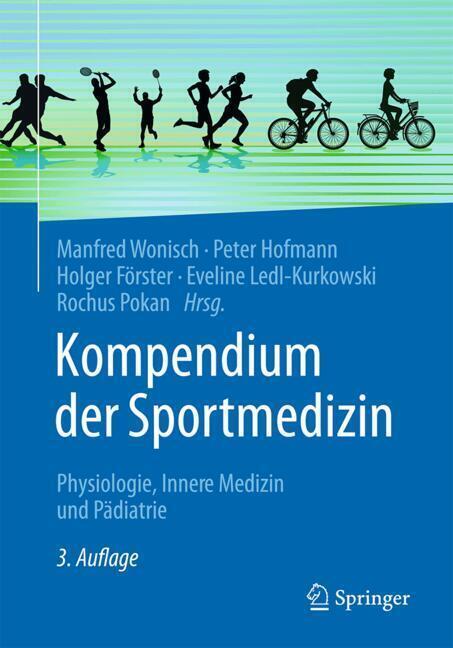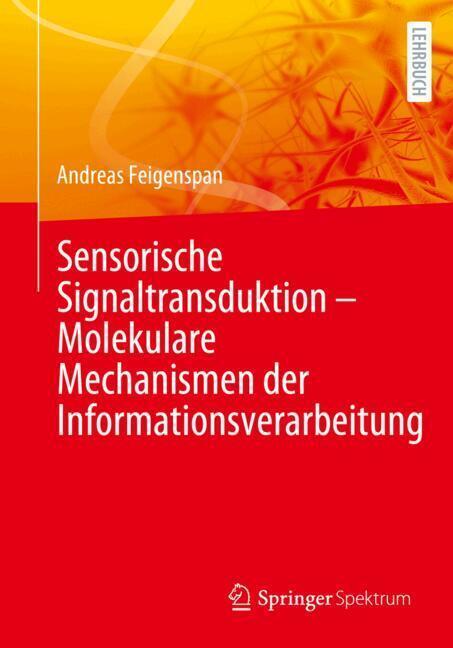This book describes the current state of the art of the neurobiology of eating disorders and provides the latest insights and ideas in the eating disorders field. Important breakthroughs improved our understanding of the etiology of eating disorders. Due to neuropsychological studies we understand better which alterations underlie disturbed cognitive processing in anorexia nervosa and combined with imaging and genetics help to understand the underlying neural circuitry and genetic pathways. A new concept arises that anorexia nervosa is a neurodevelopmental striatocortical disorder. Perhaps the most important aspect of new insights into how symptoms are coded in the brain is that this provides new targets for developing more effective therapies. Because of the critical need to advance treatment, several chapters from pioneers in this field have been included . In summary,
based upon the knowledge described in this book the editors hope that people in the eating disorder field get inspired to explore new horizons for therapeutic interventions that are based upon the new insights.
based upon the knowledge described in this book the editors hope that people in the eating disorder field get inspired to explore new horizons for therapeutic interventions that are based upon the new insights.
1;Behavioral Neurobiology of Eating Disorders;3 1.1;Preface;5 1.2;Contents;7 1.3;Contributors;9 1.4;Part I: Cognition and Emotionsin Eating Disorders;15 1.4.1;Personality and Temperament;16 1.4.1.1;1 Unique Challenges in the Assessment of Personality and Temperament in the Field of Eating Disorders;17 1.4.1.2;2 Models and Methodology to Examine the Relationship Between Personality and Eating Disorders;18 1.4.1.3;3 Current Knowledge Regarding the Relationship of Personality and Temperament and Eating Disorders;20 1.4.1.4;4 Using Personality and Temperament for Classification and the Search for Genetic Susceptibility Loci;23 1.4.1.5;5 Conclusions and Future Directions;25 1.4.1.6;References;26 1.4.2;Cognitions and Emotions in Eating Disorders;30 1.4.2.1;1 Introduction;31 1.4.2.2;2 Cognitive Biases;31 1.4.2.2.1;2.1 Attention Bias;32 1.4.2.2.1.1;2.1.1 Stroop Task;32 1.4.2.2.1.2;2.1.2 Dot-Probe Task;33 1.4.2.2.1.3;2.1.3 Visual Search Task;34 1.4.2.2.1.4;2.1.4 Eye Tracking;35 1.4.2.2.2;2.2 Interpretation Bias;36 1.4.2.2.3;2.3 Memory Bias;37 1.4.2.2.3.1;2.3.1 Explicit Memory Bias;37 1.4.2.2.3.2;2.3.2 Implicit Memory Bias;38 1.4.2.3;3 General Impairments in Cognitive Processing;38 1.4.2.3.1;3.1 Set Shifting;38 1.4.2.3.2;3.2 Central Coherence;39 1.4.2.3.3;3.3 Decision Making;39 1.4.2.4;4 Manipulation of Cognitive Processes;40 1.4.2.4.1;4.1 Retraining Attention Bias;40 1.4.2.4.2;4.2 Modulation of Food Reward Processing;41 1.4.2.5;5 Cognitive Therapy;42 1.4.2.6;References;43 1.5;Part II: Neural Circuits, Neurotransmitters,and Behavior;47 1.5.1;Neurocircuity of Eating Disorders;48 1.5.1.1;1 Introduction;49 1.5.1.1.1;1.1 Confounding Effects of Malnutrition;50 1.5.1.1.2;1.2 Vulnerabilities That Create a Risk for Developing AN and BN;50 1.5.1.1.3;1.3 Recovered (REC) AN and BN Subjects;50 1.5.1.1.4;1.4 Persistent Alterations in ED Found in Brain Imaging Studies After Recovery;51 1.5.1.1.5;1.5 Implications;52 1.5.1.2;2 Appetitive Regulation and AN and BN;52 1.5.1.2.1;2.1 Studies of Altered Feeding Behavior in AN and BN;52 1.5.1.2.2;2.2 Brain Imaging Studies of Feeding Behavior in AN and BN Confirm Alterations in Limbic and Cognitive Circuits;53 1.5.1.2.3;2.3 Neurocircuitry of Appetite Regulation;53 1.5.1.2.4;2.4 Gustatory fMRI Studies;55 1.5.1.2.5;2.5 Implication;56 1.5.1.3;3 Does the Anterior Insula Contribute to Altered Interoceptive Awareness in AN?;56 1.5.1.4;4 Reward Function in AN and BN;57 1.5.1.4.1;4.1 Altered DA Function in AN and BN;57 1.5.1.4.2;4.2 BOLD Response to Reward and Punishment Is Altered in AN;58 1.5.1.4.3;4.3 Implications;58 1.5.1.5;5 The Neurocircuitry of AN;59 1.5.1.6;6 Conclusions and Future Directions;60 1.5.1.7;References;61 1.5.2;Serotonin: Imaging Findings in Eating Disorders;69 1.5.2.1;1 Introduction;70 1.5.2.2;2 The Role of 5-HT Neurotransmitter Function in Eating Disorders;71 1.5.2.3;3 Brain Imaging Studies;73 1.5.2.3.1;3.1 5-HT2A Receptor;75 1.5.2.3.2;3.2 5-HT1A Receptor;77 1.5.2.3.3;3.3 Brain Regions/Pathways Enervated by 5HT1A/2A Receptors;79 1.5.2.3.4;3.4 5-HT Transporter;80 1.5.2.4;4 Conclusion;81 1.5.2.5;References;83 1.5.3;Dopamine-Based Reward Circuitry Responsivity, Genetics, and Overeating;90 1.5.3.1;1 Introduction: Dopamine Reward and Overeating;91 1.5.3.2;2 Relation of Dopamine Functioning to Overeating and Obesity;91 1.5.3.3;3 Genetic Variation in Dopaminergic Reward in Humans;93 1.5.3.3.1;3.1 The Taq1A Polymorphism of the DRD2 Gene;94 1.5.3.3.2;3.2 Variants in the DRD4 Gene;94 1.5.3.3.3;3.3 Variants in the Dopamine Transporter;95 1.5.3.3.4;3.4 Variants in the Catechol-O-Methyltransferase Gene;95 1.5.3.3.5;3.5 AKT;96 1.5.3.4;4 Appetite-Regulating Hormones and Peptides;97 1.5.3.5;5 Conclusion;97 1.5.3.6;References;98 1.5.4;Reward and Neurocomputational Processes;103 1.5.4.1;1 Introduction;104 1.5.4.2;2 Possible Mechanisms Underlying Reward System Abnormalities in AN;105 1.5.4.3;3 Taste and Reward System Activation Research in AN;106 1.5.4.4;4 Reward Pathway Function and Neurobiology;107 1.5.4.5;5 Rewa
Adan, Roger A. H.
Kaye, Walter H.
| ISBN | 9783642151316 |
|---|---|
| Artikelnummer | 9783642151316 |
| Medientyp | E-Book - PDF |
| Copyrightjahr | 2011 |
| Verlag | Springer-Verlag |
| Umfang | 322 Seiten |
| Sprache | Englisch |
| Kopierschutz | Digitales Wasserzeichen |










